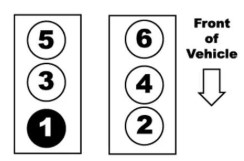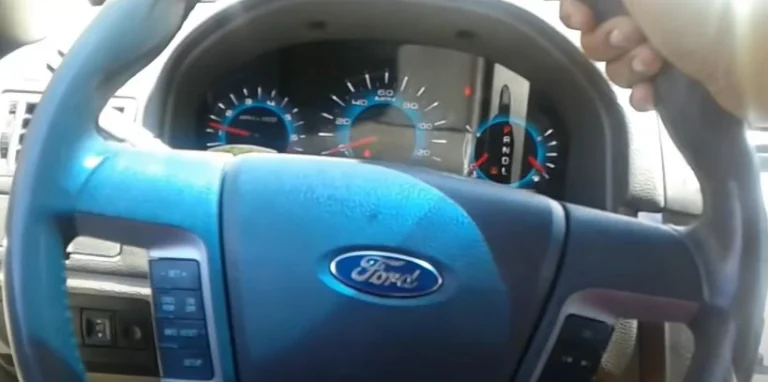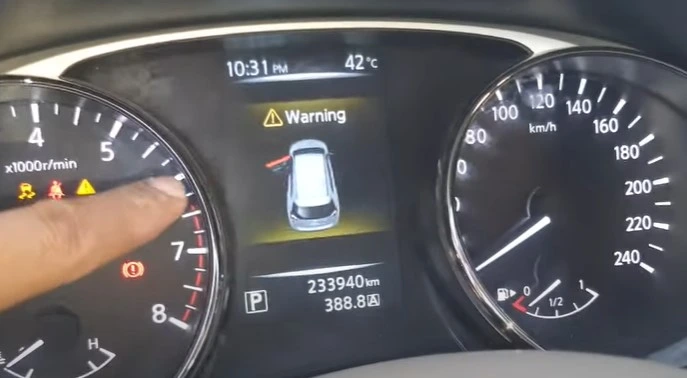Dodge 3.6 Firing Order (Diagram)
If you own a Dodge vehicle with a 3.6L engine, understanding the firing order is crucial for proper engine maintenance and troubleshooting. The firing order of your engine affects its performance, efficiency, and longevity.
In this article, we’ll break down the Dodge 3.6 firing order, explain why it’s important, and guide you through how to check and repair issues related to it.

What Is the Dodge 3.6 Firing Order?
The firing order of an engine refers to the sequence in which each cylinder fires to ignite the air-fuel mixture. For the Dodge 3.6 engine, the firing order is 1-2-3-4-5-6. This means that cylinder 1 fires first, followed by cylinder 2, and so on until cylinder 6.
It’s important to note that the firing order is designed to ensure smooth engine operation. If the firing order is off, it can lead to rough idling, engine misfires, and even damage to the engine over time.
Understanding the Dodge 3.6 Engine Layout
The Dodge 3.6 engine is a V6 configuration, meaning it has six cylinders arranged in two banks of three.
Bank 1 is the side of the engine with cylinder 1, and Bank 2 contains cylinder 4. Understanding the layout of your engine and where each cylinder is located can help when diagnosing or repairing problems related to the firing order.
Cylinder Numbering on the Dodge 3.6
Here’s a quick guide to help you locate the cylinders:
- Bank 1 (left side of the engine): Cylinder 1, 3, 5
- Bank 2 (right side of the engine): Cylinder 2, 4, 6
Cylinder 1 is typically located at the front of the engine, on the driver’s side (for left-hand drive vehicles).
Why Is the Dodge 3.6 Firing Order Important?
The firing order is crucial because it ensures that the engine runs efficiently. When the cylinders fire in the proper sequence, the engine operates smoothly, reducing vibrations and increasing power output.
If the firing order is incorrect or if a cylinder misfires, you may notice several symptoms, including:
- Engine misfires: When one or more cylinders fail to fire at the right time, it can cause a loss of power and poor acceleration.
- Rough idling: A misfiring cylinder can make your engine run rough at idle.
- Decreased fuel efficiency: An incorrect firing order can lead to improper combustion, causing your engine to burn more fuel than necessary.
- Increased wear and tear: Over time, a misfiring cylinder can damage engine components, leading to expensive repairs.
Knowing your Dodge 3.6 firing order can help you identify and correct these issues before they become major problems.
How to Diagnose and Fix Issues with the Firing Order
If you suspect a firing order issue in your Dodge 3.6 engine, here’s what you can do to diagnose and fix it:
1. Check for Engine Misfires
You can use an OBD-II scanner to check for diagnostic trouble codes (DTCs) related to misfires. The scanner will provide you with information on which cylinder is misfiring.
2. Inspect Spark Plugs and Wires
Misfires can often be caused by faulty spark plugs or damaged spark plug wires. Inspect them to ensure they are in good condition and replace them if necessary.
3. Verify Firing Order
If you recently replaced the spark plugs, ignition coils, or timing chain, double-check that everything is connected according to the correct firing order. Incorrect installation of components can lead to a misfiring engine.
4. Check Timing Components
A malfunctioning timing chain or belt can also affect the firing order. If your timing components are worn or malfunctioning, it can throw off the sequence in which the cylinders fire, leading to poor engine performance.
Conclusion
In conclusion, understanding the firing order of your Dodge 3.6 engine is essential for maintaining its performance and avoiding costly repairs.
By knowing the correct firing order (1-2-3-4-5-6) and ensuring that your spark plugs, wires, and timing components are in good condition, you can keep your engine running smoothly.
Always consult your vehicle’s manual for specific details and seek professional help if you’re unsure about any repairs.






